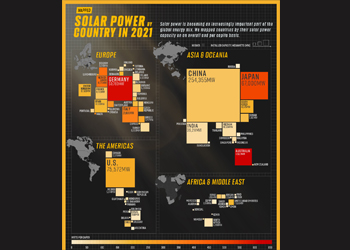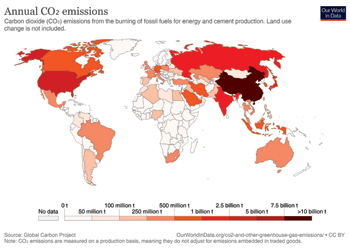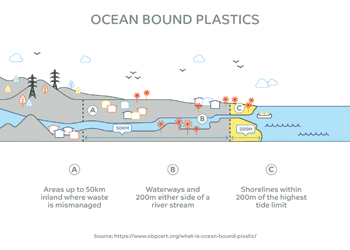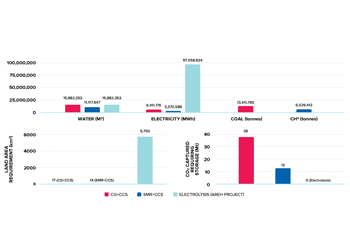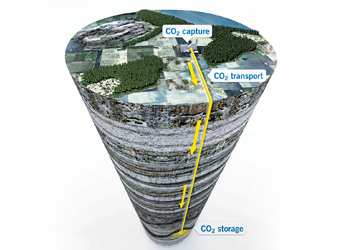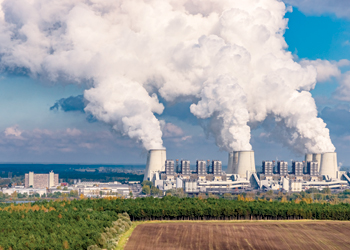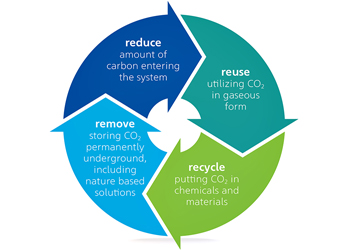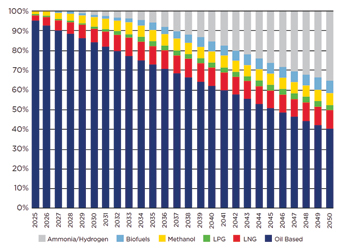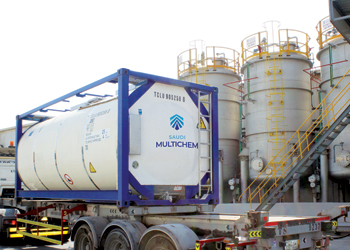
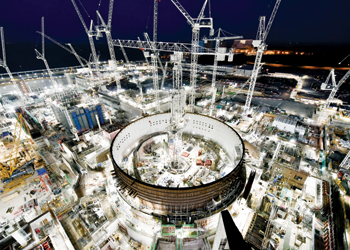 The first reactor unit at the Hinkley Point C power station
The first reactor unit at the Hinkley Point C power station
Amidst a drive to decarbonise the electricity sector, nuclear power is more relevant than ever, and small modular reactors can make construction of nuclear power plants more affordable, Professor Michael Fitzpatrick tells OGN
Nuclear power has been a part of the global electricity generation for over 60 years.
Countries that invested heavily in nuclear power programmes have benefited greatly from low-carbon electricity generation, displacing fossil fuels long before renewable energy generation technologies reached their current levels of maturity, and providing a stable low-carbon base-load capability that mitigates the intermittent nature of solar and wind generation.
With the current emphasis on removing all reliance on fossil fuels, nuclear power has seen a resurgence of interest around the world. One of the main barriers to widespread uptake of nuclear power has been the high capital cost of building a nuclear power plant.
Hinkley Point C, currently under construction in the UK, is estimated to cost around £23 billion ($31 billion). However, the plant, when complete, will generate a very significant amount of electricity: over 3,000 MW of power, which is equivalent to perhaps 1,000 onshore wind turbines.
With a projected lifetime of 60 years, the upfront cost is more than offset by the electricity produced.
The costs are so high because a nuclear power plant is a highly complex piece of engineering.
The plant requires a stable base – the ‘nuclear island’ – of reinforced concrete. The pressure vessel that forms the core of the plant is a very large steel cylinder that will maintain its properties for the decades of operation.
There is a complex system of piping and heat exchangers to extract the heat from the core and deliver steam to power the turbines that produce the electricity.
The current interest in small modular reactors (SMRs) is driven by a desire to make individual nuclear power plants more affordable, so that less money is needed to be spent before electricity is delivered to the grid.
In the UK, the SMR design proposed by Rolls-Royce will deliver 470 MW of power: less than the output of Hinkley Point C, but for an estimated one-tenth of the cost.
Because the plant is smaller, construction is faster, and the area occupied by the plant is less too: the equivalent of a couple of football pitches.
The UK has several sites that were used for the first generation of nuclear reactors that are highly attractive for siting SMRs.
Rolls-Royce is hopeful that the first plant can begin operating by 2031, once the design has obtained regulatory approval.
Building more smaller plants has the additional advantage of developing a robust supply chain in the construction industry to support a continuing programme of new nuclear builds. Rolls-Royce envisages a production-line-style approach for the reactor vessels that will help in reducing costs as more plants are ordered.
SMRs are gaining interest around the world. China hopes to have a 125 MW SMR operating in around five years. The USA has developed a concept based on an array of small (77 MW) modules, with up to 12 modules making up the complete generation plant. This design is under development for construction in Romania.
With the current drive to completely decarbonise electricity generation, nuclear power is more relevant than ever.
Alongside the ongoing developments in renewable energy generation, energy storage technologies, and the future promise of nuclear fusion, the attractive combination of lower cost and reliable, low-carbon generation means than SMRs are expected to be a major part of our energy supply for the next 50 years.
* Professor Michael Fitzpatrick is Coventry University’s Pro-Vice-Chancellor for Engineering, Environment and Computing, and an expert in the field of nuclear energy.



















































































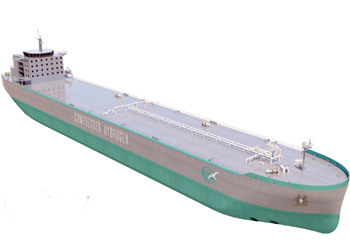
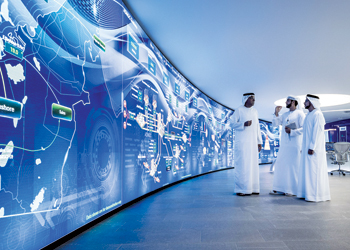
-...jpg)
